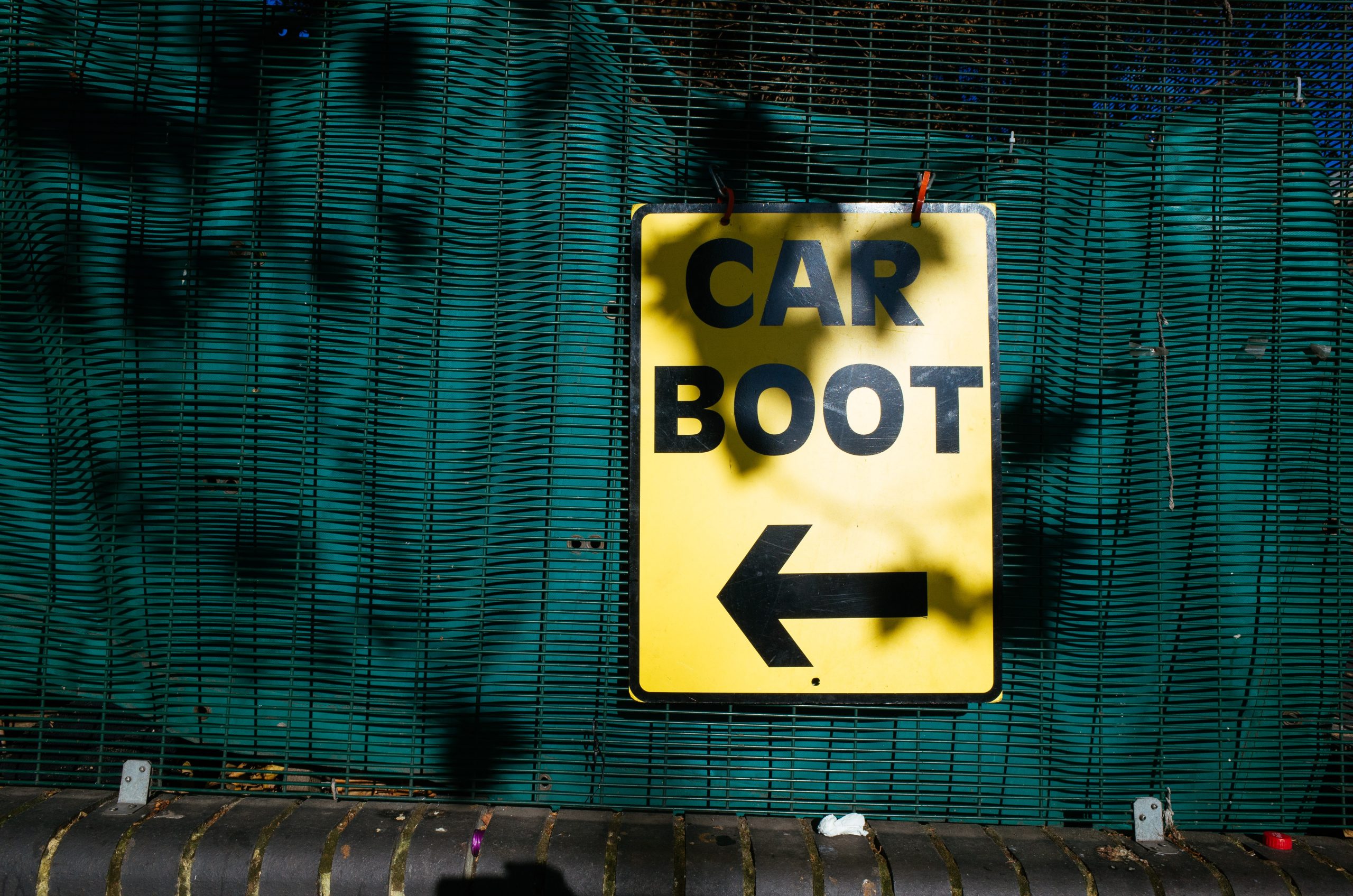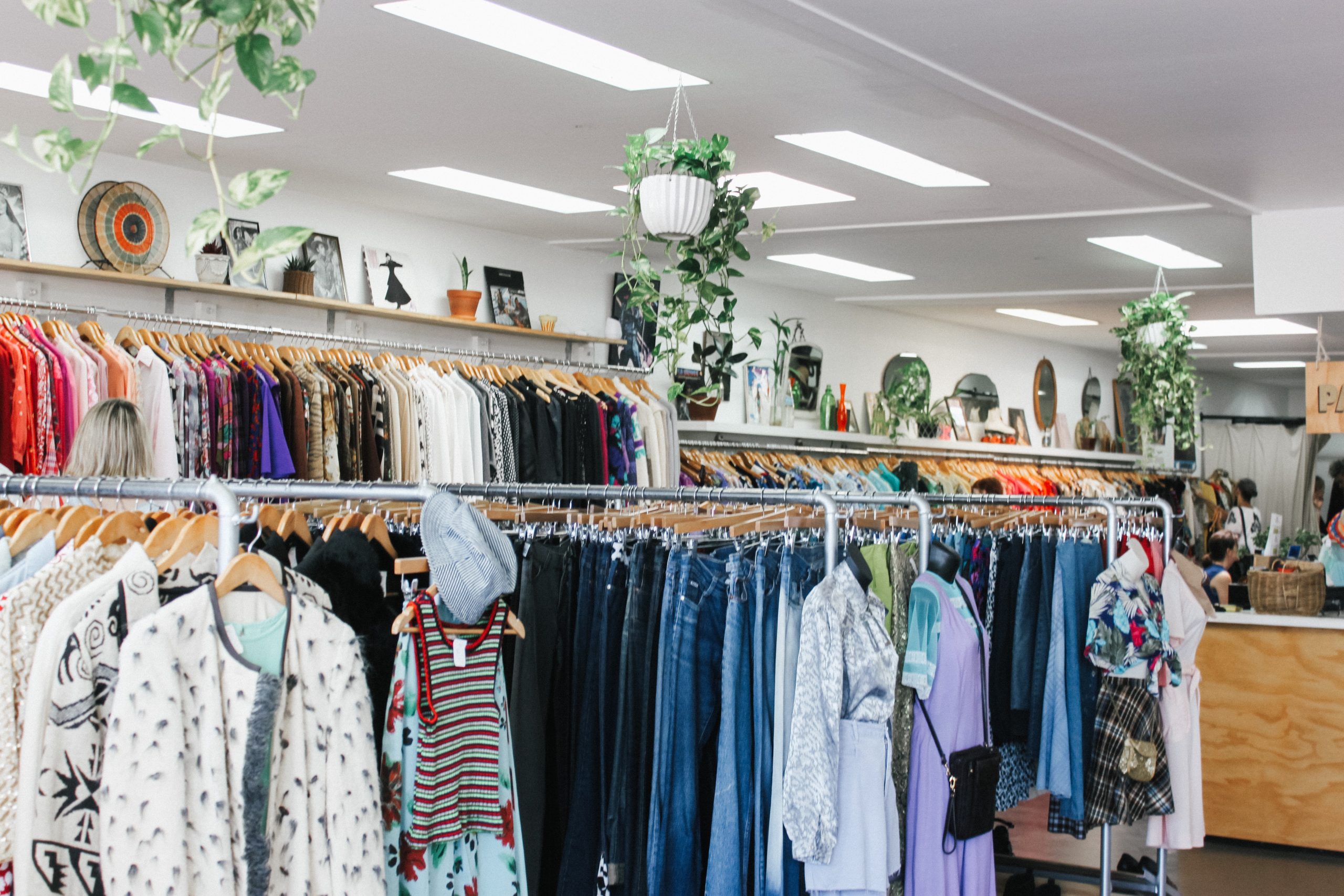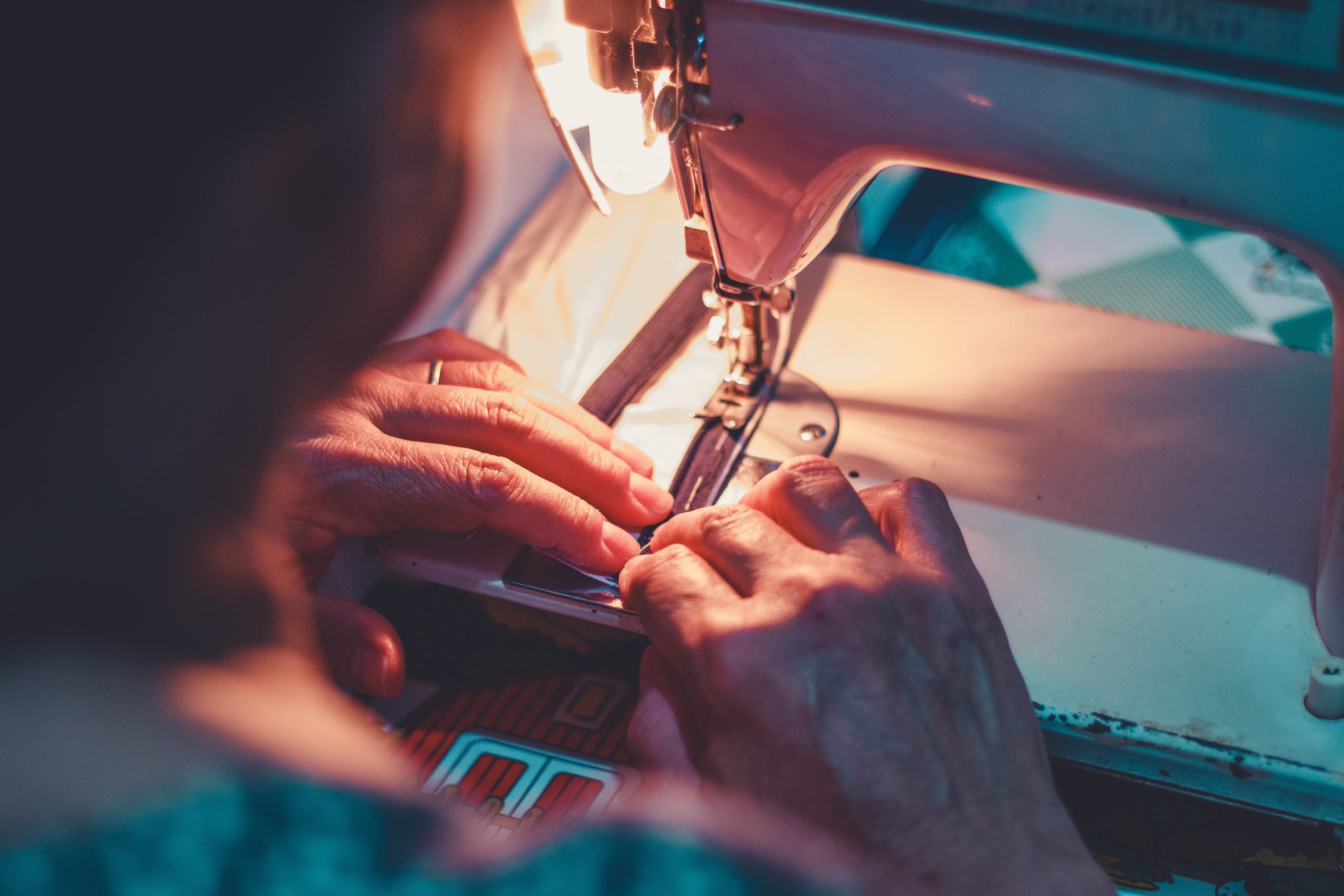There is no denying that clothing plays a major role in our lives. It’s no longer just about keeping us warm, comfortable, or safe. For many people, clothing is an expression of their identity.
Unfortunately, this led to a phenomenon known as “fast fashion”. As the choices became more abundant, and the prices – more affordable, it allowed people to buy clothes they don’t need simply because they can. Over the last two decades, clothing production almost doubled, while the clothing utilization lifetime dropped by 36% globally.
That means that many garments are only worn for a short amount of time (if at all) before ending up in landfill. All the while, new clothes are being manufactured to keep up with the latest fashion trends.

Facing Fast Fashion Facts
Sadly, this has an adverse effect on the environment. A report published by the World Economic Forum in 2021 identified fashion, and its supply chain, as the third largest polluter for our planet.
- Less than 1% of clothing is recycled to make new clothing.
- Every year, 92 million tonnes of clothing is discarded as waste. An unthinkable amount of clothes is either incinerated (thereby releasing more carbon into the atmosphere) or sent to landfill, where it takes years to break down.
- About 65% of our clothing contains synthetic fibres, which are derived from crude oil. An estimated 342 million barrels of oil are used every year to produce plastic-based fibres for textiles. This poses another problem, as clothes containing synthetic fibres shed microfilaments when being washed. This accounts for half a million tonnes of microplastics ending up in the oceans annually.
- Natural fibres, such as cotton, require large quantities of water and pesticides. It takes over 1,800 gallons of water to produce one pair of jeans.
- In 2018 alone, the textile industry was responsible for emitting 2.1 billion metric tonnes of greenhouse gases into the atmosphere, which accounted for 4% of the global total that year.
Although it is down to clothing manufacturers and distributors to change their practices, we can also change our consumption habits to curb the destruction being caused by the fast fashion industry.
Shop Second-Hand

In the UK, we are fortunate to have several options for shopping second-hand. You may enjoy browsing eBay or Facebook Marketplace, frequent a local car boot sale, or have a thrift store nearby. When you shop second-hand, you are not only helping the planet, you are saving money in the process!
Shopping second-hand does not mean you must give up on fashion either! Vintage stores are a great place to shop for hidden gems, and many items listed online are still in style.
Charity Shops

Speaking of second-hand shopping, charity shops are a great source of used clothing, as well as other household items. It’s a win-win situation: you are prolonging the garment’s lifetime, supporting a charity, and saving a few pounds.
If you have a surplus of clothing, you can also donate your items to a local charity shop. It goes both ways!
Do it Yourself

If you tried making your own items, you know it isn’t easy. An item of clothing made with your own two hands is worth a lot more than anything you could buy in a high street shop. When you make your own clothes, you have the freedom to choose cut and colour, as well as shaping it to compliment your body.
You may already have the skill to sew, crochet or knit, or be willing to learn something new. There are plenty of free and budget-friendly online resources to get you started, such as YouTube tutorials and Craftsy courses. Depending on your location, you might also have access to in-person workshops and courses.
Invest into Ethical Brands

When buying new clothing, it’s important to consider the environmental impact and the ethical practices of the manufacturing company. Give preference to companies that use recycled materials, or renewable materials such as bamboo or hemp. Choose clothing that comes with minimal packaging. Clothing produced locally means less air miles.
Additionally, it’s important to check that the company you are buying from treats all of their employees fairly, from factory and warehouse workers, to shop assistants and customer service representatives. To help you dodge the clothing companies shifting profits to tax havens, Ethical Consumer made a helpful guide of companies that avoid taxes.
When clothing is manufactured and sold ethically, it is usually reflected in the price. Think of it as an investment that you can wear for years to come.
Search for Free Items
You would be surprised how many people would rather give away their clothing items for free than see them go in the bin. Check your local Facebook groups and individual listings. You may also benefit from downloading a sharing app such as Olio, which enables people to give away unwanted clothing, furniture, household items, and food.
Useful Resources:
Ethical Consumer, Fashion and clothing industry – https://www.ethicalconsumer.org/fashion-clothing
Net-Zero Challenge: The supply chain opportunity by World Economic Forum – http://www3.weforum.org/docs/WEF_Net_Zero_Challenge_The_Supply_Chain_Opportunity_2021.pdf
A New Textiles Economy: Redesigning Fashion’s Future by Ellen MacArthur Foundation – https://www.ellenmacarthurfoundation.org/assets/downloads/A-New-Textiles-Economy_Full-Report_Updated_1-12-17.pdf
In Scope: Fast Fashion, the Environment and Climate Change by Owen Mulhern – https://earth.org/data_visualization/fast-fashion-the-environment-and-climate-change-a-data-viz-story/
